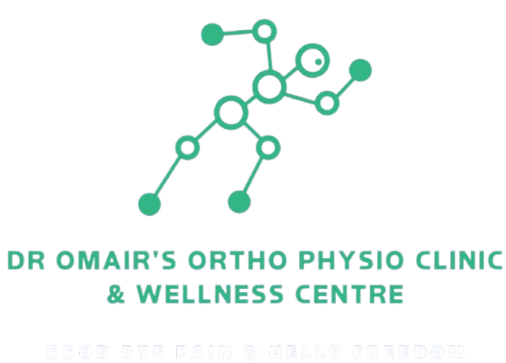If you’re dealing with a rotator cuff injury, the right exercises can make a huge difference. Physiotherapy for rotator cuff injury focuses on easing pain and getting you back to daily life. This guide will walk you through everything you need to know.
Understanding Rotator Cuff Injuries
Rotator cuff injuries are common and often arise from various causes. Sports injuries, aging, and accidental falls can all lead to these injuries. The rotator cuff is a group of four muscles and their tendons that stabilize the shoulder. When injured, you might experience pain, weakness, or a limited range of motion. These injuries can disrupt everyday tasks, like reaching for items on a high shelf or even getting dressed.
Early intervention through physiotherapy for rotator cuff injury is crucial. Quick action and the right exercises can significantly speed up recovery and prevent further complications. Ignoring symptoms might worsen the injury, leading to more pain and potential long-term issues.
The Power of Physiotherapy in Recovery
Physiotherapy for rotator cuff injury plays a vital role in recovery. It can help reduce pain and improve shoulder movement, which is critical for regaining full function. An effective physiotherapy plan speeds up healing by focusing on exercises tailored to individual needs. Every injury is different, so your routine should reflect your specific injury level and personal capabilities. Working with a skilled physiotherapist ensures that your exercises are both safe and beneficial.
Warm-Up Routines for Safe Exercise
Before starting any exercise, warming up is essential. It prepares your muscles and joints, reducing the risk of further injury. A warm-up doesn’t need to be complicated. Simple actions, like arm swings, can make a big difference. Gentle shoulder circles or light stretching of the arms can also help prepare your body for the exercises ahead. Remember, taking a few minutes to warm up can lead to a more effective and safe workout session.
Basic Rehabilitation Exercises
Once you’re warmed up, you can begin with basic rehabilitation exercises. Here’s a simple routine:
- Lying Arm Lifts: Lie on your back with your arms by your sides. Slowly lift one arm towards the ceiling, keeping your elbow straight. Lower it slowly and repeat.
- Doorway Stretch: Stand in a doorway, placing your hands on the frame at shoulder height. Step forward until you feel a slight stretch in your shoulders. Hold for a few seconds before returning to the starting position.
These exercises are adaptable for all ages. For older adults, movements might need slight modifications. For instance, using a pillow for support during lying arm lifts can enhance comfort. The focus should be on gentle stretches to avoid adding undue stress to the shoulder.
Strengthening and Advancing Your Routine
As your shoulder starts to heal, strengthening exercises become important. Here are key exercises to include:
- Side-Lying Rotations: Lie on one side, with your injured arm on top. Bend your elbow to 90 degrees and slowly rotate your arm by lifting it towards the sky.
- Reverse Flys: Stand with slightly bent knees. Holding light weights, lift your arms out to your sides until they form a “T” shape.
To progress safely, increase repetitions or add slightly heavier weights gradually. It’s vital to listen to your body and ensure movements remain pain-free. Continued physiotherapy sessions even after recovery can keep your shoulder healthy and prevent re-injury.
Safety Tips for Exercise and Recovery
Staying safe while rehabbing a shoulder injury is a priority. Watch for pain signals and be ready to adjust exercises if needed. Keep in mind that everyone heals differently, and age can play a role in how you recover. Adequately balancing work and rest is essential. Overdoing exercises without rest can lead to setbacks. Rest days are as vital as exercise days.
Preventing Future Rotator Cuff Injuries
To keep future injuries at bay, shoulder conditioning should become part of daily life. Use proper ergonomics in everyday activities, like lifting objects correctly and stretching often. When reintroducing sports or heavy activities, do it slowly and carefully. Regular shoulder exercises should be maintained to build resilience in the rotator cuff and surrounding muscles.
Beyond Physical Recovery: Holistic Benefits
Recovering from an injury isn’t just about the physical benefits. An active recovery plan boosts mental well-being and confidence. You’ll find you feel stronger, happier, and more sure of yourself. Remember, nutrition plays a significant role, too. Eating a balanced diet supports muscle strength and overall shoulder health.**
Conclusion and Encouragement
In summary, physiotherapy for rotator cuff injury is a powerful tool for long-term recovery. Start gently, be consistent, and don’t hesitate to seek professional guidance if needed. Small steps today can lead to big improvements tomorrow. Simple exercises and attentive care can lead to a full recovery and bring you back to doing what you love pain-free.

